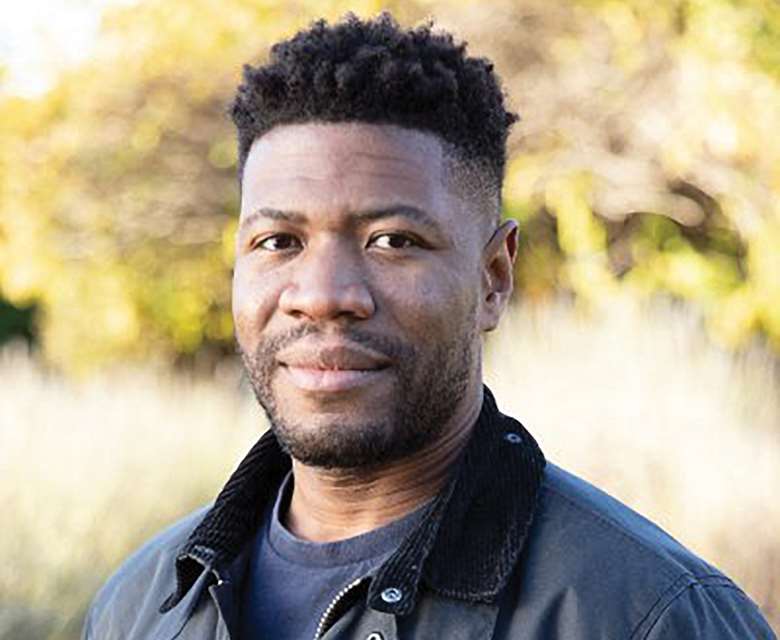Collaboration key to creating more children’s homes
Emmanuel Akpan-Inwang, director, Lighthouse Pedagogy Trust
Tuesday, March 1, 2022
How one provider overcame obstacles to set up a children’s home.

In February, our charity opened our first children’s home – a setting in south London that can accommodate up to six young people. The project was the culmination of several years of research and planning, and as any organisation that has opened children’s homes will know, it was a long and bumpy process. Our experience illustrates many of the barriers to creating new children’s homes and why the various agencies with a stake in the process need to work more collaboratively to overcome these.
One of the early challenges we encountered was finding a suitable building. Appropriate properties are hard to come by, and even when we identified one, the process of applying for planning permission to convert a suitable property was going to be lengthy with no guarantee of success. Thankfully, we were able to find a building that was already in the right use category – children’s homes need to be C2, typical residential homes are C3 – which meant that we were able to avoid the uncertainty around planning.
We have also spoken to several charities over the past few years that are interested in opening children’s homes but have concerns about managing risks and the high cost of opening a home. The large capital expenditure, cost of navigating procurement processes and difficulty in predicting the flow of placements have resulted in charities avoiding the sector. Only five per cent of children’s homes are run by voluntary organisations.
We have learned that for voluntary sector organisations, collaboration is the key. We were incubated by social business Catch22, who helped us develop our ideas and will allow us to operate as part of their organisation for the first few years. We have also developed partnerships with a group of charitable trusts and foundations who provided us with the investment and grant funding we needed to create the home. It is only because of the support of Catch22 and our funders that we have been able to open in London, and these kinds of partnerships may provide a solution to opening more homes in areas of need.
Local opposition to children’s homes is also an issue in some cases and was something that we were aware of. We decided to be proactive and engage with the local community as early as possible to get ahead of this. Before opening our first home, we held both virtual and in-person events with local residents to explain why we were opening a children’s home in the community. Towards the end of refurbishment work, we also held an open day where we invited local residents to come along, meet the managers of the home and ask any questions they had. While some residents did express concerns, most appreciated having the opportunity to meet those who would be responsible for the young people, and as a result, we have a very supportive local community.
From the conversations that we’ve had with children’s services across England, it is clear that they are acutely aware of the need to create more – and the right kind of – provision in some areas. Part of the solution is to ensure local authority planning departments are involved in creating sufficient provision. For example, they are well placed to identify unused housing stock that could be converted into children’s homes. Closer collaboration between children services, planning departments and providers could also go a long way to giving greater reassurance to organisations interested in applying for planning permission for new homes and result in more provision where it is most needed.
We are privileged to be in a location that has great schools and local amenities. The local authority, schools and other agencies have been very supportive, and it’s been a great experience to collaborate with a wide range of partners to deliver this project. In future, we hope organisations like ours will be able to work ever more closely with local authorities, commissioners and other partners to create children’s homes in places of need.




